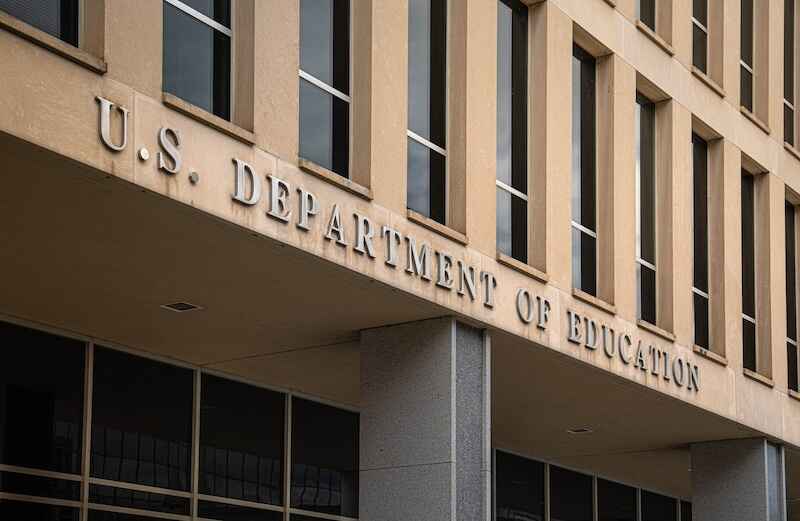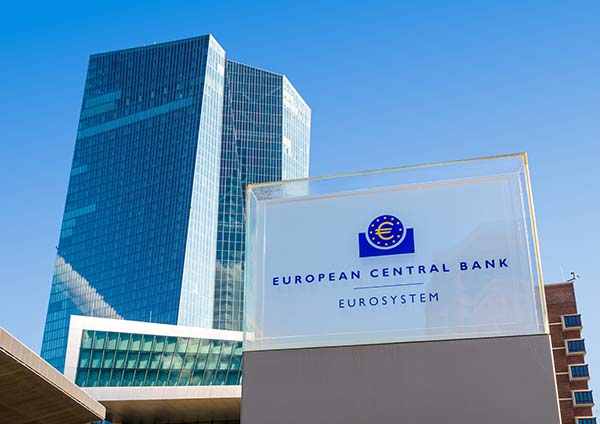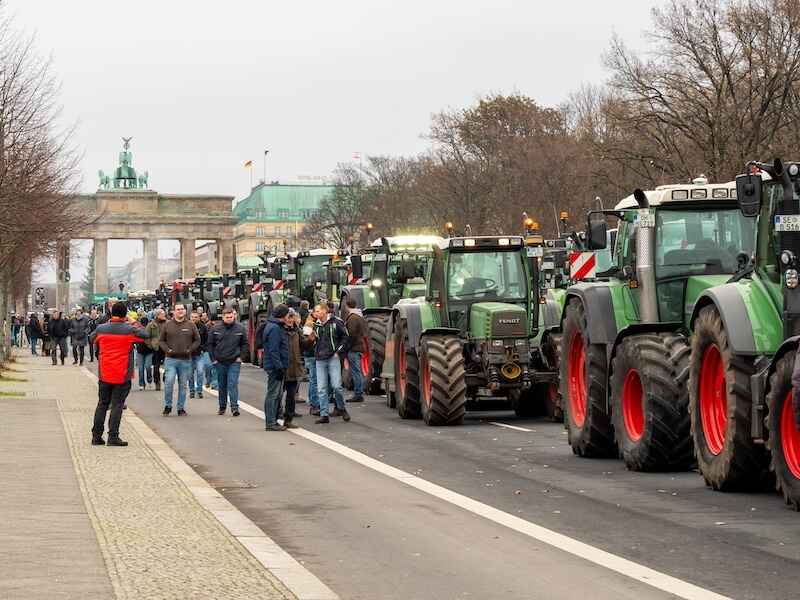My Checklist for Greater Freedom
Joel Salatin|August 15, 2023
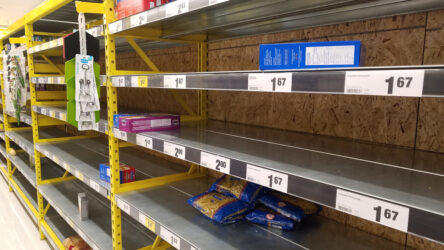
I spoke recently at the Lancaster Family Farm Day in Pennsylvania. Several thousand folks convened to discuss food, health, farming and family.
The lion’s share of attendees were Amish. If any group represents a parallel universe in today’s world, it’s them.
They don’t participate in Social Security, which means their businesses enjoy substantial savings on labor costs.
They don’t buy insurance – for anything – which lowers their personal living expenses.
Transportation is a wash. Horses are about as expensive to own and keep as a used car. The Amish pay drivers thousands to haul them around.
Some of the Amish use chemicals, and some don’t. Some have factory farms, and some don’t. Some use antibiotics, and some don’t.
This all got me thinking about the principles behind stabilizing food production. What is the checklist for reducing vulnerability?
Asked another way… If things started falling apart, how could my family still get food?
Here is a short checklist for stable food.
7 Steps to a Stable Food Supply
1. Lots of personal storage. Everyone should have six months of stored food on hand. Ideally this would be food that doesn’t need much preparation or require much energy to store. Canned, freeze-dried, dehydrated and shelf-stable foods are all less vulnerable to shocks than frozen or fresh foods.
Isn’t it amazing that we have many financial advisors in our culture but few – if any – food advisors? Saving is all about money, not food. That’s probably backward.
2. Few to no middlemen between you and your food. “Know your farmer, know your food” is not just a trite saying. The difference between having a relationship with the farmer who supplies your food and completing a cursory credit card transaction at the supermarket is palpable. The closer you are to the source of your food, the better your chances are of procuring sustenance if things go south.
In 2020, when the pandemic hit, the bigger a supplier was and the more complex its chain of custody was, the more susceptible it was to disruptions. Smaller outfits weathered the storm much easier.
3. Low dependence on outside inputs. This includes everything from fertilizer to antibiotics to energy. The less a farm patronizes mainline suppliers, the less vulnerable it is to shocks. If a farm depends on drugs and chemical fertilizers, it’s subject to not only surprise crises but also subjective policies, like social equity scores, censorship and other nefarious agendas.
The more stuff a farmer buys outside his property, the more shackled he is to bankers and commercial regulations.
4. Less infrastructure per pound of food. Today, the average American farm has $4 invested in depreciable assets for every $1 it produces in gross annual sales. In other words, the average farmer owns $400,000 worth of machinery and buildings for every $100,000 he generates in gross annual sales. On our farm, the ratio is $0.50 to $1. While we have higher on-farm labor costs, our superior land management keeps us from needing to buy drugs, pour concrete and pay higher utility bills.
Our equity is in knowledge, skill and relationships. Those don’t require paint, parts or power.
5. Water. Production is less resilient if it requires irrigation or if an adequate water supply is tough to come by. The Ogallala Aquifer is under five states in the middle of the country and supplies water to most of the center-pivot irrigation systems out west. It has dropped 100 feet in the last 50 years. The key to maintaining a water supply is to collect and stockpile surface runoff when it’s available in order to use when water is scarce.
Rather than depleting the commons – aquifers and streams – resilient water systems increase hydration and reduce flooding. The difference between surface runoff and other sources is profound. A resilient farm has lots of surface ponds.
6. People and eclectic skills. The average farm in America has one operator who is 60 years old. That’s a point of vulnerability. What if he gets sick? What if he gets injured? Farming is one of the most dangerous occupations in the world. Who operates the farm if the old guy can’t work? I’m way over 60, but the 20 other folks on our farm can run things just fine without me.
Farms need redundancy and people with various skills.
7. Localized inputs. No farm is completely self-sufficient. Farmers need feed, fuel, seeds, and shop supplies like nails and bolts. Sourcing these necessary commodities from nearby places builds resiliency.
Our on-farm sawmill allows us to mill our own lumber to build and maintain both stationary and portable structures. We don’t depend on hardware stores for wood. Our feed grains come from nearby farmers, not from Russia or Ukraine. Our fertilizer comes from our own on-farm compost, not from Morocco.
This list may not be comprehensive, but I think it captures the most salient points in developing a stable food system.
The obvious question is… Does your food pass this checklist?
We buy apples and peaches from nearby orchards. We don’t grow everything, but knowing where food is available in a community – and building a relationship with the provider – makes restocking less of a concern.
Of course, anything you can produce yourself is the least vulnerable.
We can all start there.
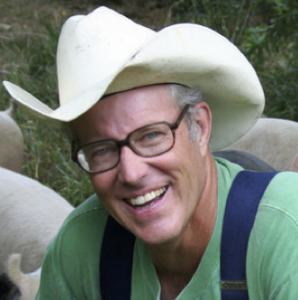
Joel Salatin
Joel Salatin calls himself a Christian libertarian environmentalist capitalist lunatic farmer. Others who like him call him the most famous farmer in the world, the high priest of the pasture, and the most eclectic thinker from Virginia since Thomas Jefferson. Those who don’t like him call him a bioterrorist, Typhoid Mary, a charlatan, and a starvation advocate. With a room full of debate trophies from high school and college days, 12 published books, and a thriving multigenerational family farm, he draws on a lifetime of food, farming and fantasy to entertain and inspire audiences around the world.


